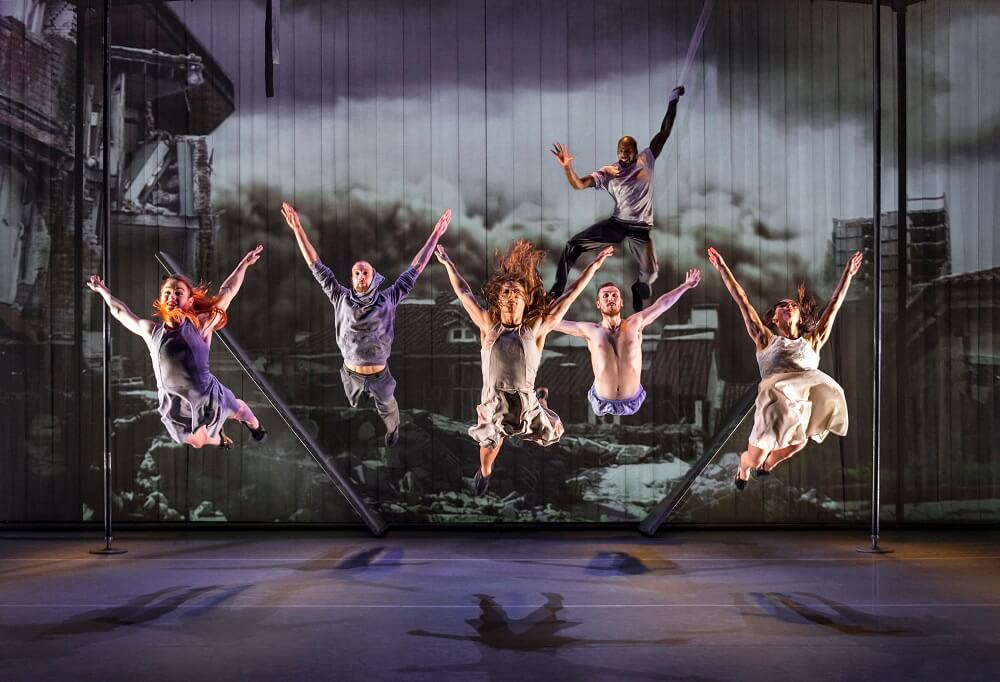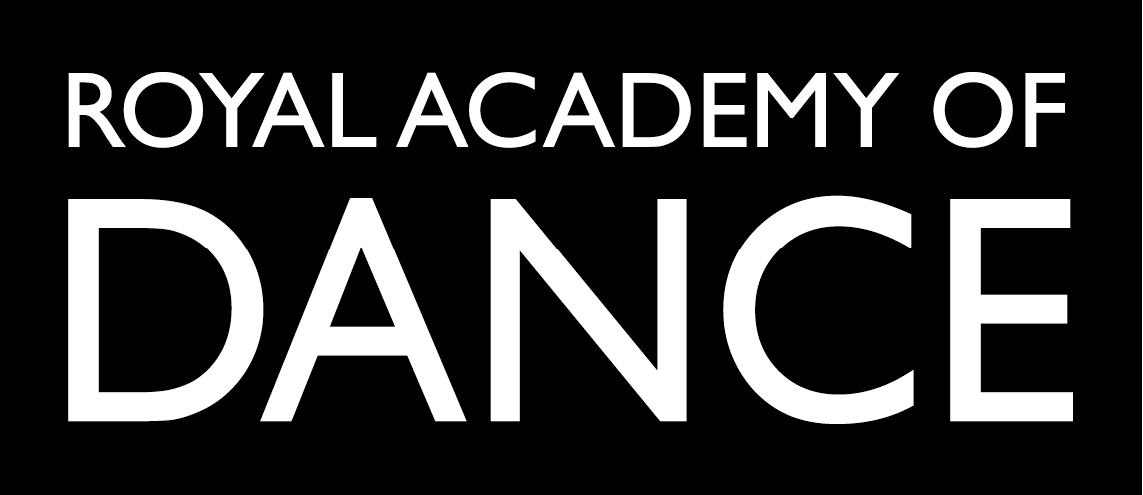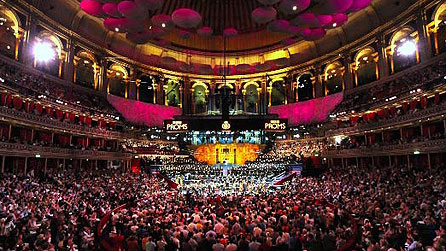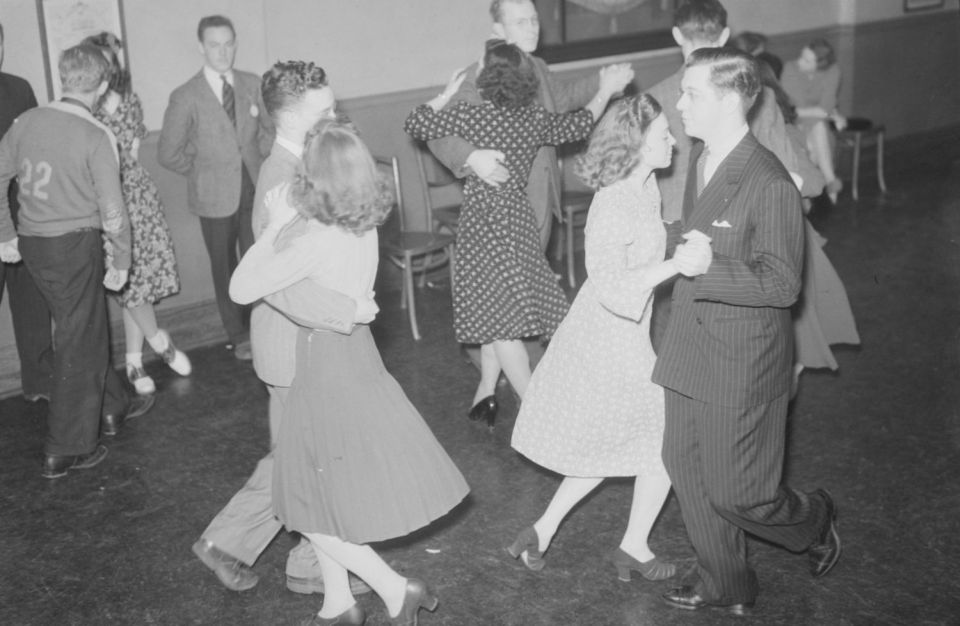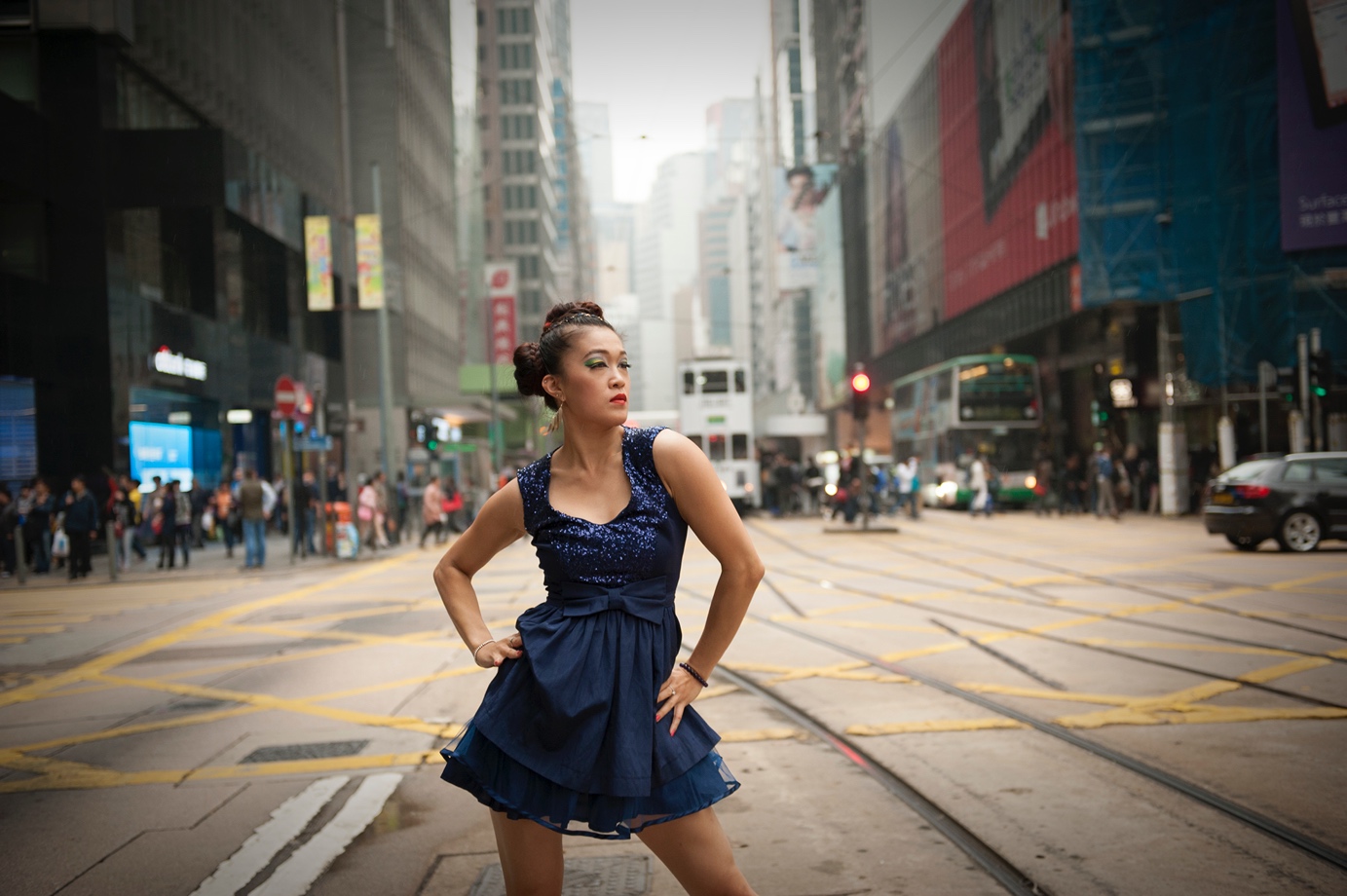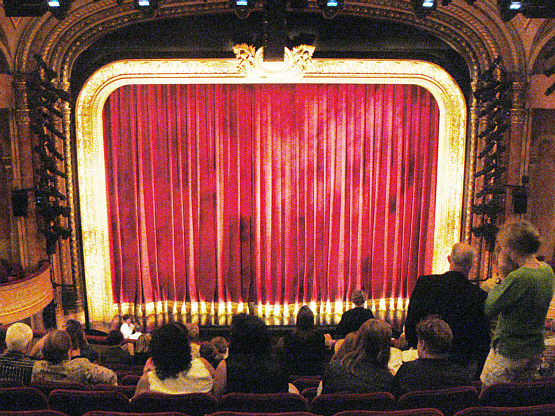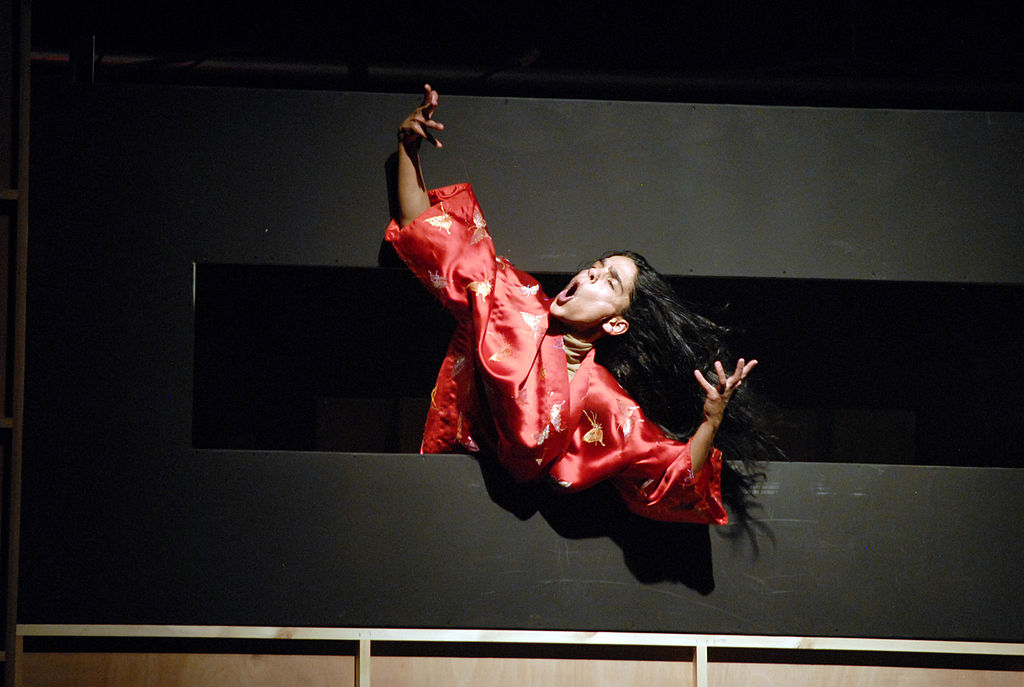Anthony Cranwell trained at Laine Theatre Arts. He holds the Professional Certificate of Education, the Fellowship qualification with the Modern Theatre faculty and the Associate Diploma with the Classical Ballet faculty with the ISTD. He now teaches across the years at Laine and cites students’ success as one of the best things about teaching.
In 2015 Anthony was selected to take part in the Dance UK mentor scheme to develop skills as part of becoming a leader in the dance industry. With his fair share of performance under his belt, Anthony has been part of Movin’ Out (Twyla Tharp), Saturday Night Fever (Arlene Phillips), Footloose (National Tour – Karen Bruce), Grease (Arlene Phillips), Fred Astaire – His Daughter’s Tribute (Bill Deamer) and Eternal Flame (National Tour – Gerry Zucarello), amongst many others. He has choreographed shows such as Little Shop of Horrors and Smokey Joe’s Cafe, in addition to teaching across the world.
Have you always wanted to be involved in dance?
Not always, but I loved music and moving to music.
How did your involvement begin?
My sister danced from the age of two and I used to watch some of her classes, competitions and shows. I loved it, but as dance was not something a boy would do at that time, I would dance at home rather than dare go to classes, and would choreograph routines as well.
I took up disco dancing because if anyone from school found out, that seemed more acceptable than ballet or modern dance, but I really tried to make sure no-one at school ever knew. I took up modern at 17 when my sister’s dance teacher’s daughter suggested that I audition at colleges. It had never occurred to me, as the careers advice I had at school was that only people who had danced from five years old could have dance as a career. This information was delivered as factual advice but was actually very misinformed and quite misleading.
Did you train? Where, and what was it like?
I auditioned at Laine Theatre Arts as that was where my dance teacher’s daughter had trained and recommended. I had no knowledge of any other college and I was really quite naive about the whole thing. I decided that if I couldn’t get into Laine then I wasn’t right after all and therefore would study something else. I used the result of that audition as a guide to whether I should study dance at all.
I could have potentially missed out on having this career just for simply not being more open-minded and researching other colleges offering the same training. For me, Laine was the perfect place. I think it is very important to open your options now and make sure that the college you choose is the one that feels most right to who you are.
I loved the family atmosphere of Laine. There was a limited number of students, I was very happy there and it was educationally the first place in my life where I felt comfortable, accepted and could be almost entirely myself. As with everything I felt more comfortable in some aspects of college life than others,but I knew where I was strongest and learned to do my best in the subjects where I felt weaker.
What was a typical day like?
We danced for most of the day and I would often eat my lunch quickly and join in other classes during my lunch breaks. There were extra-curricular options to audition to take part in, such as opera classes and cross-college productions, which I chose to do as much as possible. I knew that I would not be successful every time, in a college full of talented students all competing with each other, but was happy that sometimes I would have an opportunity and other times maybe I wouldn’t.
Our subjects were a strong base for the industry. The timetabled days were not fussy with lots of diverse expectation, and so I felt I could focus clearly on what I needed to do. Every day was a different mix of subjects but I had ballet and jazz every day, contemporary once – sometimes twice – a week, singing classes twice a week, Musical Theatre, tap, pas de deux and performance class. It was a very condensed and focused training.
What is a typical day like now you are teaching at Laine?
The college is a very different place now in a lot of ways, but has kept many of its core principles. Over the years students have had more input with what they feel they need and the college has listened and responded. There are more subjects and more teachers in some subjects.
My days are still quite diverse, but because of my specialist subject area my classes are across similar genres. I teach jazz to all the year groups, from Foundation to Year 3. My current schedule focuses on teaching jazz technique up to Year 2 and free jazz to the 2nd and 3rd year students. I also teach the ISTD Advanced 1 and 2 syllabi, which are now an optional extra-curricular subject for the students. This gives them a place to use the techniques and styles they are learning across the rest of the college in a choreographic setting and gain extra qualifications that have educational equivalents for the future.
Tell us more about your work with students – what do you enjoy most about it?
I don’t have a particularly favourite area of my job. I love every aspect for different reasons. Foundation is a particularly special year group to me. I was on the faculty for this area of the college from its launch in 2011 and have seen the course grow over the last few years. It is now in its fifth year and it has been very successful with regards to onward study, including at Laine. I love watching the students’ progression, which has to occur in a very short space of time if they are to improve their audition performance.
I am currently teaching a new jazz technique syllabus to the 1st and 2nd years that I have choreographed. I love to find new ways of challenging myself in my job and this was a great challenge for me to prepare. It is important to me that the students have a strong understanding of base jazz techniques that they can then apply in their other classes. I therefore thoroughly enjoy teaching my free jazz classes, where the focus is entirely on style, performance, audition techniques and developing learning styles.
I love my job because of its diversity – both creatively and academically. I enjoy helping to create new solutions from an organisational perspective as well as from a class preparation and development perspective. Helping the students to be successful in a way that is personal to each of them, whether the training leads to performance, teaching, onto creative teams or success in other aspects of life, is very inspiring to me.
What is your favourite thing about dance?
I love the physical release of emotion that it gives in a way that going to the gym cannot do. Simply creating artistic shapes and lines with your body whilst connecting to the vibe or rhythms of a piece of music is an awesome feeling. I think all dancers who have a natural feel for musicality would agree there is no better feeling than when you dance something through and it connects so perfectly with the accents and rhythms in a track. For me that feeling is hard to describe – and then the fact that doing this entertains people is fantastic!
I have that same feeling when the students start to feel a routine or exercise sequence in that way. At the moment there seems to be a trend amongst young dancers to focus on flexbility, acrobatic and virtuoso skills rather than the true essence of jazz dance. These skills are important however they seem to have taken precedence over truth of feeling, rhythm, style and musicality. Hypermobility and gymnastics are useful to dance, however if the intention, message, story or even simply the vibe of the dance is lost then it’s no longer dancing. I see too many so-called jazz solos that lack the integrity of what jazz is based on and and therefore look stiff and aristocratic, rather than true physical expression of the heart and soul. Younger children will grow to believe that dance is a series of mechanical steps and athletic jumps joined together with disconnection from the music. They should learn skills whilst being free to invest in their internal love for natural dance movement, and then being shown how to connect the two.
And the worst?
The frustration of physical limitation! The realisation that your body will never do what someone else’s can do. Particularly hard when you are younger, but viewing it now I can see how those students who understand that struggle tend to have a bit more fight in them and use the other theatrical aspects of dance in order to feel fulfilled. In particular, listening to the music and finding the accents, and being more attentive to the shapes and maximising the feeling, rather than the visual extremity of a line that they see in a mirror. For this reason they generally learn to listen and ‘feel’ the movements much more quickly.
What or who inspires you most on a daily basis?
The faculty I work with and the students I teach. Working in a large faculty of jazz staff means there is always a diverse range of conversation and opinion. We like to challenge each other in the best way and this constantly inspires to me ask more of myself and get more out of what I do, always with the students’ benefit as the result of that. The students are inspiring because of the new and individual ways of moving that they display when they are able to be creative and innovative on their own.
What advice would you offer to someone hoping to go into a career in teaching?
Don’t think that the base level teaching qualification is enough. If you are teaching children be aware that there is as much, if not more, responsibility in preparing their bodies for the future than you may think, whether they want to be dancers or not. You would not dream of lifting or moving gym equipment without correct alignments and the same theory should be applied to lifting and moving your own body, otherwise imbalances occur and cause injury. It is one thing to have knowledge, but quite another to actually be able to see that knowledge being applied or not: having an acute eye for technical as well as stylistic accuracy is imperative.
Being open-minded to constantly improving and updating your knowledge is vital to not only your students’ success but also your own. If you are not successful in your knowledge then your students will not achieve through being appropriately challenged or fulfilled. A dance student should feel success and failure equally so that they confidently and objectively move forwards, and do not become demotivated with failure later, simply because it is a feeling they do not recognise
Remember how inspiring your dance teacher was, but do not try to copy or imitate it. You have to be yourself, know your own standards and expectations, know that things may have moved on since that teacher taught you. Use some of that inspiration but be open enough to develop those techniques and become yourself. This especially applies to those of us who learned dance in a very authoritarian way. There is a tendency to believe that the same techniques should still be applied, when really some of these techniques were, in fact, destructive.
Learn to listen to your students, and be confident enough to say that you do not know or cannot do something. As long as you are confident about your strengths you can be confident about your weaknesses: it is better to say you do not know and refer them to someone who does, rather than make the answer up just to save losing face in front of a student. Being a teacher does not mean you have to know everything, and do not feel that you have to be the teacher that offers everything.
Dance always keeps moving on, don’t get left behind just through fear!
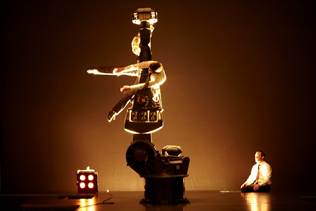 Steering away from the UK’s capital, the arts are hugely well represented in the diverse dance and physical theatre programme at the Norfolk & Norwich Festival 2016. It is the flagship arts festival for the East of England, running from 13–29 May and providing audiences with an eclectic mix of performance art. Often arts away from capital cities are under-represented, particularly in the UK, however this year’s Norfolk & Norwich Festival looks set to delight.
Steering away from the UK’s capital, the arts are hugely well represented in the diverse dance and physical theatre programme at the Norfolk & Norwich Festival 2016. It is the flagship arts festival for the East of England, running from 13–29 May and providing audiences with an eclectic mix of performance art. Often arts away from capital cities are under-represented, particularly in the UK, however this year’s Norfolk & Norwich Festival looks set to delight.

